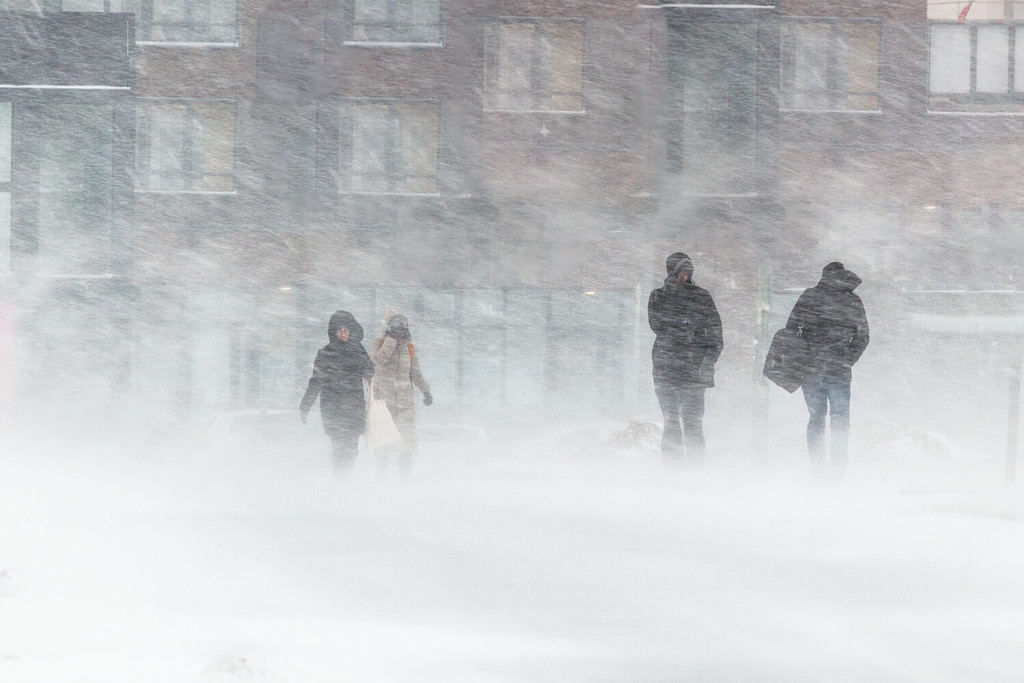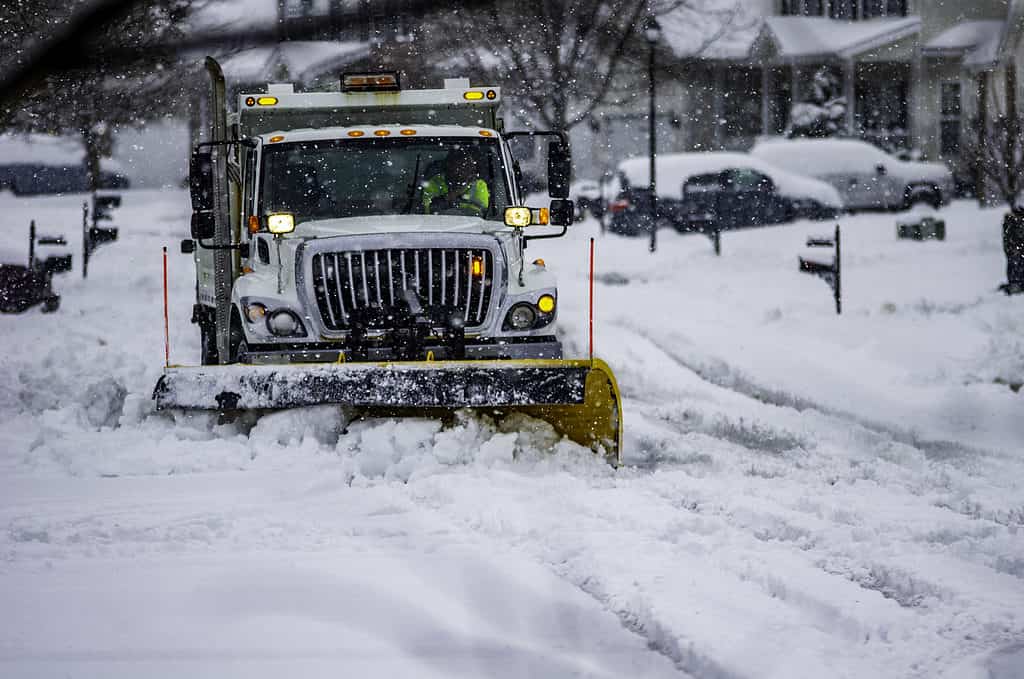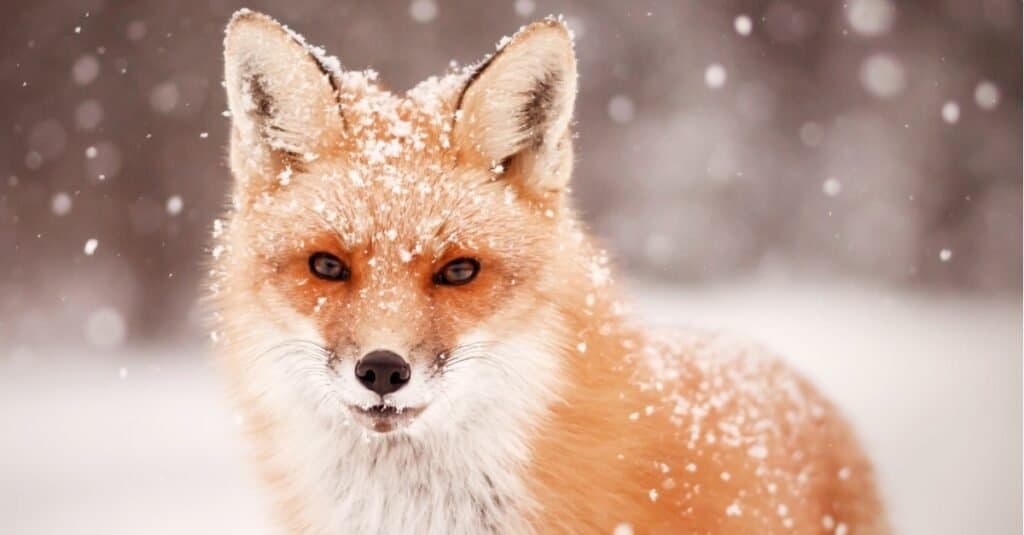Montana is no stranger to winter storms. With its extreme northern latitude and its mountainous western region, blizzards and winter storms are par for the course. The heaviest snow in the state falls from November through March, but snow can come as early as September in parts of Montana. So, what is the biggest October snowstorm to ever hit Montana? How did it impact people and wildlife? Did it warm up afterward, or was it part of a larger cooling trend? Keep reading to find out!
Blizzard of October 2-3, 2017

The largest snowstorm to ever hit Montana in October was a blizzard in the first few days of October 2017.
©justkgoomm/Shutterstock.com
Though the highest single-storm October snow total in Montana history—48.8 inches—was set in 2008 in Cole Creek (a ski resort area), the biggest October snowstorm to ever hit Montana was the October Blizzard of 2017. The blizzard barreled into North Central Montana after first wreaking havoc on Colorado and Wyoming. Snow began falling throughout the day on Monday, the 2nd, and 13 inches of snow had fallen on Havre by the middle of Tuesday. The nearby Rocky Boy Reservation reported 30 inches of snow and drifts of as much as 8 feet. Zortman and Cut Bank reported a total of 14 inches of snow.
Impacts

Heavy, wet snow packed on Montana streets made driving difficult. The few road crews around Havre were responsible for clearing deep snow off of nearly 1,800 miles of local roadway.
©iStock.com/Philip Rozenski
The heavy, wet snow and high winds brought down trees and hundreds of utility poles throughout the region. Power outages were widespread, and many people struggled to stay warm, eventually making their way to Red Cross emergency shelters. Four-wheel drive vehicles had difficulty getting to stranded drivers, many trapped in their cars. Minor accidents were numerous throughout the region.
In the days after the storm, crews worked overtime to clear away the debris blocking paths and throughways. The sound of chainsaws was ubiquitous throughout the region as they tried clearing branches, trees, and utility poles away. Many people were still without power as utility crews attempted to get the grid up and running again. People were unprepared for this kind of storm so early in the season.
Montana Wildlife During Storm

Foxes are very good at surviving in weather extremes.
©iStock.com/The_Near_North
Animals in Montana are accustomed to winter snowfall, so weather like this was not such a shock for them. Granted, it was a little early, but most animals were already preparing for the winter. White-tailed and mule deer naturally grow thick winter coats to withstand winter cold. They also seek natural shelters such as stands of timber or hillsides out of the wind to avoid the worst of the weather. Their herding tendencies also allow them to share body heat. Other animals, like bears, will hibernate or sleep to conserve energy. Smaller animals, like voles, will burrow into the ground to stay warm, avoid predators, and feast on food they have stored away for the winter. Squirrels and chipmunks have fattened up in the late summer to create reserves to provide energy and warmth through the lean winter months. Turkeys know how to forage through the snow to find seeds and nuts to help them get through the winter. Woodpeckers and other birds know how to search tree crevices for seeds and insects in hiding.
Weather After the Storm

Within a few days, the sun was out, and the snow began melting.
©Dave Jonasen/iStock via Getty Images
Days later, while communities were still trying to clear away trees and branches and restore power to about 9,000 residences, temperatures rose into the upper 50s. The snow began to melt, easing some cleanup efforts. However, high winds also caused more branches and trees to drop. The storm was over, but winter was just around the corner, and more snow would come.
The photo featured at the top of this post is © Galyna Andrushko/Shutterstock.com
Thank you for reading! Have some feedback for us? Contact the AZ Animals editorial team.







